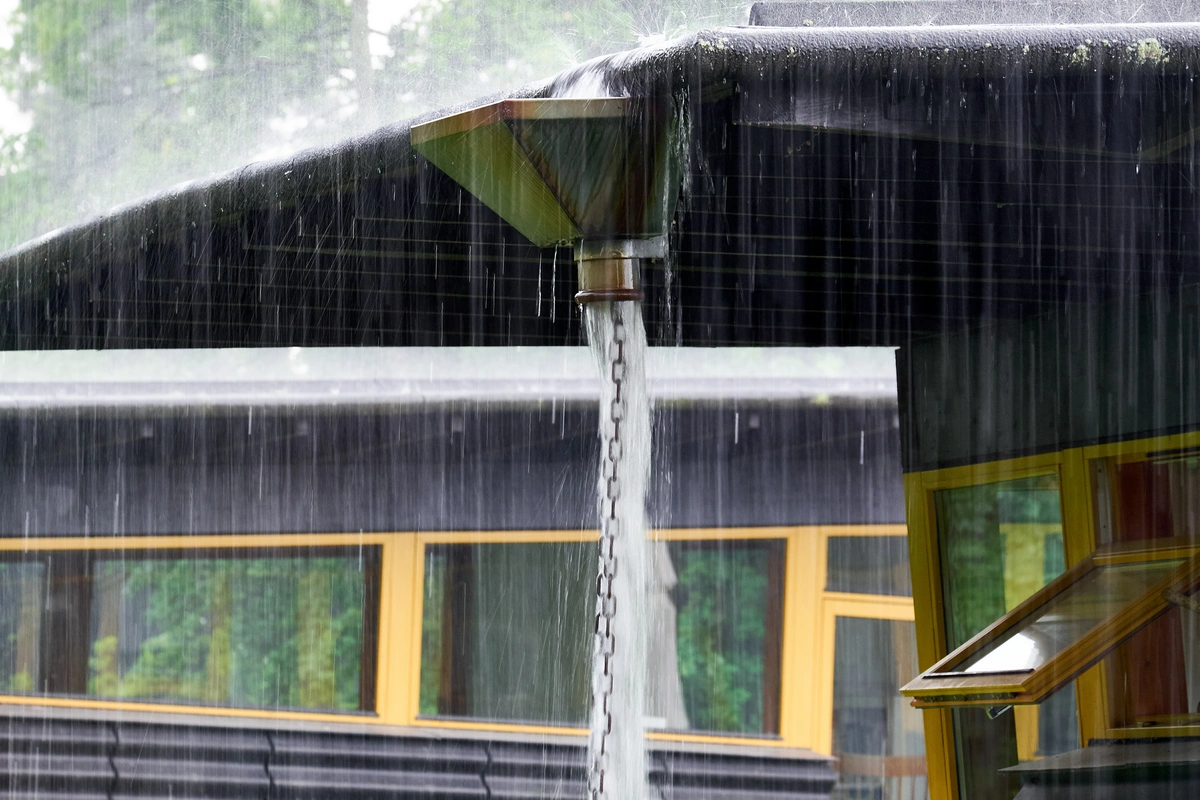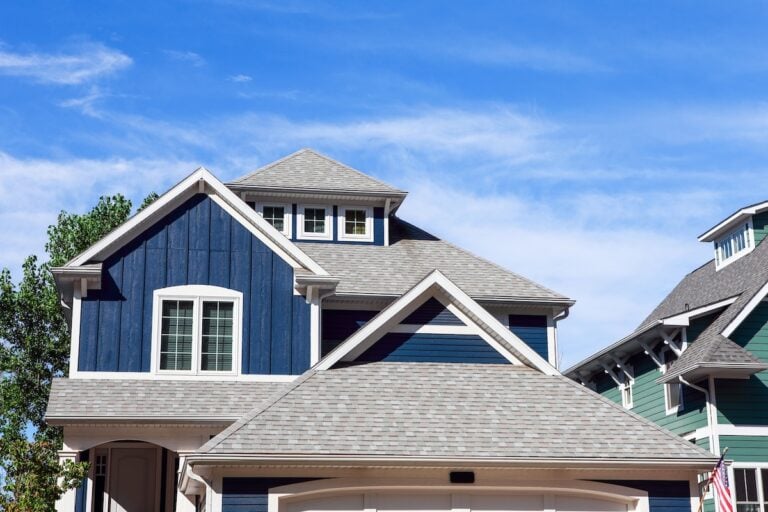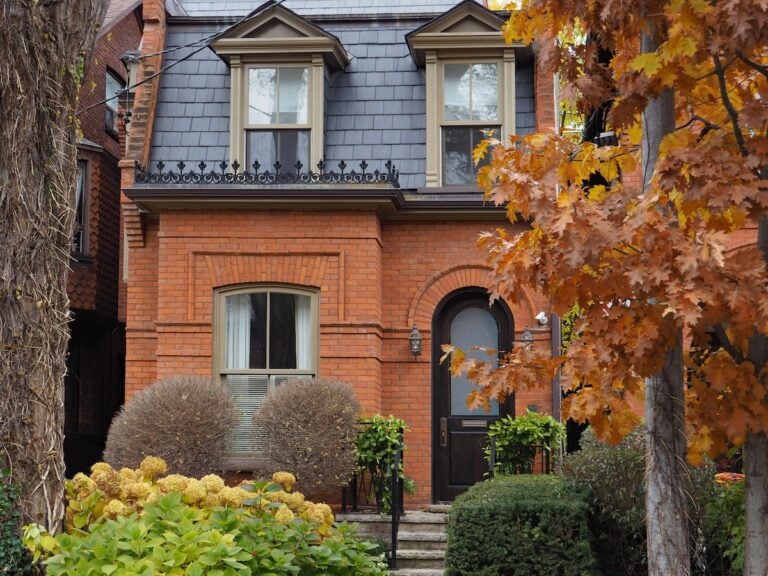When it comes to keeping your property protected, your roofing is one of your most important investments. A key component that often goes overlooked is the roof scupper. Properly installed and functioning scuppers can make a significant difference in managing rainwater and preventing costly roofing damage. Here’s what we’ll cover:
- What is a roof scupper?
- Types of roof scuppers
- Signs you may need roof scuppers or repairs
🤔 What is a Roof Scupper?
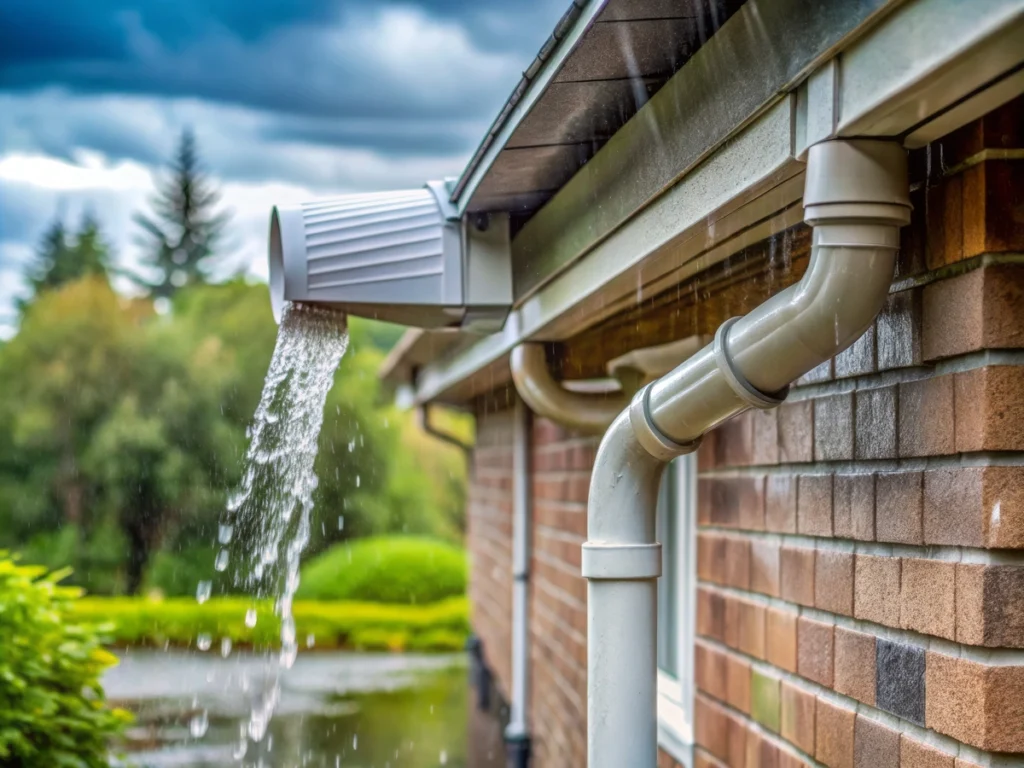
A roof scupper is an opening in the edge of a roof, often installed with a downspout or chute, designed to allow water to flow off the building. These systems are especially crucial for flat or low-sloped roofs, where water accumulation can lead to leaks, structural damage, and even complete roof failure.
Scuppers direct rainwater and snowmelt away from your property’s foundation, keeping your building safe and dry.
How People Benefit from Roof Scuppers
For commercial property owners, a roof scupper provides multiple advantages, including:
- Prevents Water Accumulation: Scuppers drain standing water to protect your roof from leaks or damage.
- Reduces Maintenance Costs: Proper drainage lowers the risk of costly roof repairs.
- Protects Your Building’s Foundation: Scuppers redirect water to prevent foundation erosion.
- Compliance with Building Codes: Scuppers help meet drainage requirements for commercial properties.
💧 4 Types of Roof Scuppers
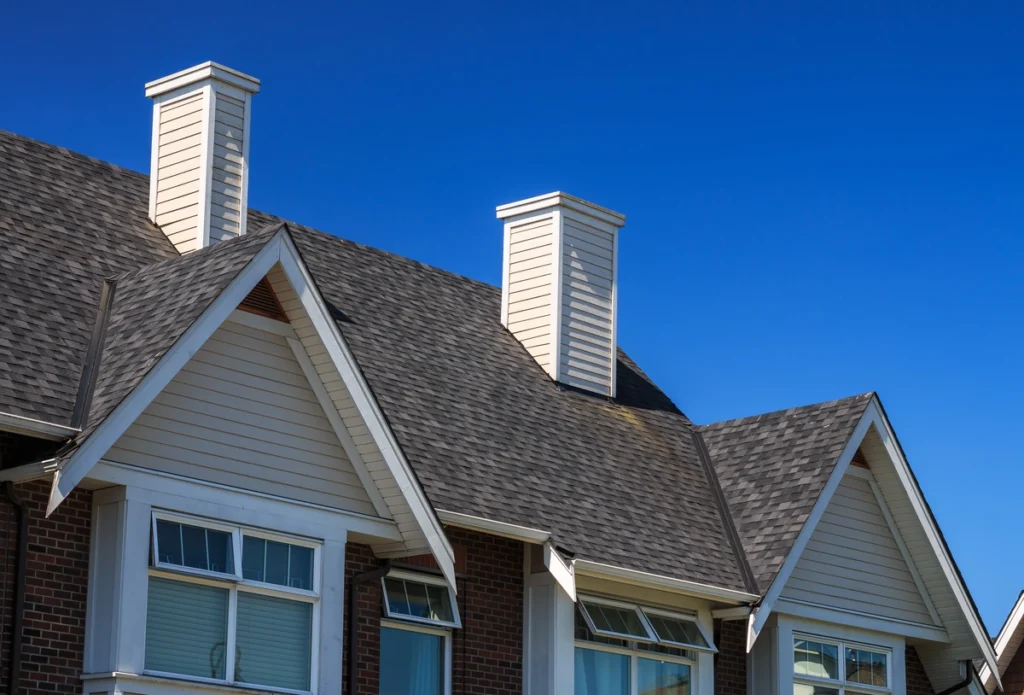
There are several types of roof scuppers available, each designed to meet specific needs and accommodate different roof types. Below is an exploration of the most common options in detail.
1. Through-Wall Scuppers
Through-wall scuppers are specifically designed to channel water directly through a wall, making them an effective and straightforward solution for water drainage. These scuppers are typically paired with downspouts, which help guide the water further away from the building’s foundation. By ensuring water is directed well away from the base of the building, they significantly reduce the risk of foundational water damage, which can lead to costly repairs over time. Through-wall scuppers are particularly well-suited for flat or low-slope roofs, where efficient water management is essential to reduce pooling and prevent leaks.
Additionally, these scuppers are ideal for handling substantial amounts of water during heavy rainfall, providing a reliable drainage system that protects the building’s structural integrity. Made from durable materials such as stainless steel, copper, or aluminum, through-wall scuppers are built to withstand harsh weather conditions and long-term exposure to moisture. They are often customizable to fit a building’s specific needs, ensuring both functionality and a seamless integration into the structure’s design. By keeping the building’s walls dry and intact, through-wall scuppers are an indispensable feature for effective water management.
2. Parapet Wall Scuppers
Parapet wall scuppers are installed in the parapet walls, which are low walls extending above a building’s roofline, to provide an efficient and effective drainage solution for flat or low-slope roofs with higher perimeter walls. These scuppers allow water to flow out of the roof area, preventing it from accumulating and reducing the risk of leaks or damage to the roof membrane. By channeling water off the roof quickly, parapet wall scuppers help maintain the structural longevity of the building and reduce maintenance costs over time.
These scuppers are especially beneficial for rooftops surrounded by parapet walls, which can otherwise trap water and create pooling problems. To enhance their performance, parapet scuppers are often paired with overflow scuppers, acting as a backup system in case of excessive rainfall or blockages in the primary drainage system. This dual-layer approach ensures that water is effectively removed, even during extreme weather conditions. Parapet wall scuppers come in various shapes and sizes to match the architectural design of the building, making them both functional and visually harmonious. By integrating these scuppers, buildings can achieve better drainage efficiency and protect their roofing systems more effectively.
3. Overflow Scuppers
Overflow scuppers are a critical addition to any drainage system, serving as a secondary layer of protection when the primary drainage system becomes overwhelmed or blocked. These scuppers are designed to activate during periods of heavy rainfall or in situations where the main drainage outlets are compromised, ensuring water has an alternative escape route. This prevents water from pooling on the roof, which can lead to serious issues such as structural damage, leaks, or even roof collapse.
By acting as a fail-safe mechanism, overflow scuppers provide peace of mind to building owners and managers by safeguarding the roof from potential water damage. They are especially important for flat roofs, which are more prone to water accumulation due to their minimal slope. Overflow scuppers are typically installed at a slightly higher elevation than the primary scuppers, ensuring they only engage when needed.
Made from durable materials such as stainless steel, copper, or aluminum, these scuppers are built to last and withstand the elements. They can be incorporated into the design of the building in a discreet or decorative manner, blending functionality with aesthetics. By reducing the risks associated with water pooling, overflow scuppers are a vital component of any comprehensive drainage system, protecting both the roof and the overall structure from water-related damage.
4. Decorative Scuppers
Decorative scuppers combine the practicality of effective roof drainage with the added benefit of enhancing a building’s visual appeal. Unlike standard scuppers that prioritize function alone, decorative scuppers are thoughtfully designed to align with the architectural style of the building. They come in a variety of custom shapes, sizes, and materials, allowing building owners to select options that complement the overall aesthetics of their property.
While their primary purpose is to manage roof drainage efficiently, decorative scuppers are carefully crafted to ensure they do not compromise the look of the structure. They are particularly popular in commercial properties or high-end residential buildings where appearance matters as much as functionality. Materials like bronze, copper, and powder-coated metals are often used to create unique designs that stand out while maintaining durability.
Decorative scuppers can also be integrated into themed architecture, such as ornate scuppers for historical buildings or sleek, modern designs for contemporary structures. Despite their attractive appearance, these scuppers are fully functional, ensuring proper water management while reducing the risk of water damage to the building’s foundation and walls. For those looking to blend utility with elegance, decorative scuppers are an excellent choice, offering a practical solution that doesn’t sacrifice style.
⚠️ Signs You May Need Roof Scuppers or Repairs
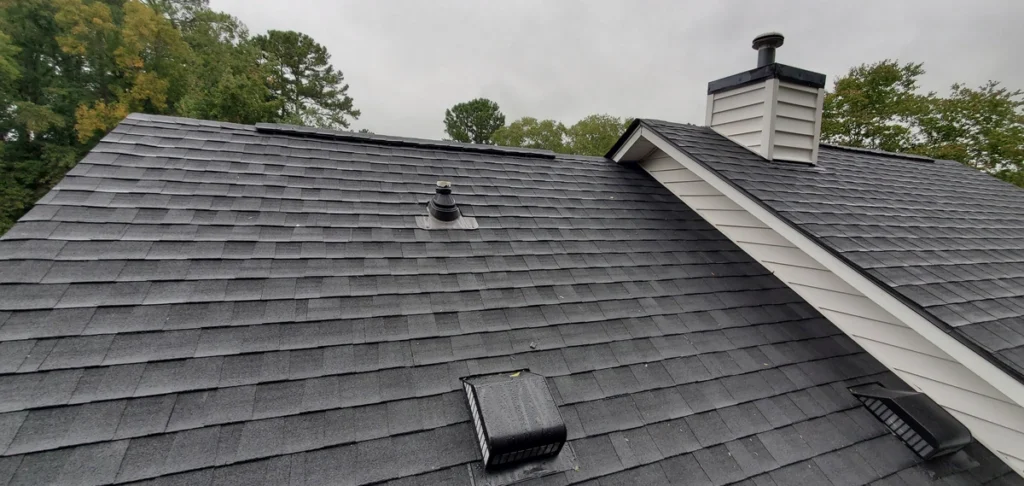
Properly functioning roof scuppers are essential for directing water off your roof and preventing damage. Ignoring signs of wear or blockage can lead to leaks, structural issues, and costly repairs.
Pooling Water on Flat Roofs
If water collects on your flat roof and doesn’t drain properly, it’s a clear sign that your drainage system may need improvement or repairs. Pooling water can cause long-term damage to the roof’s structure if not addressed.
Water Stains on Interior Walls or Ceilings
Water stains inside your building, especially on walls or ceilings, can indicate that your roof drainage is failing. This could mean your scuppers are clogged, damaged, or missing altogether.
Foundation Erosion Near Your Building
When water isn’t diverted away from your building properly, it can cause erosion around the foundation, leading to structural issues and costly repairs. Roof scuppers help redirect water away to prevent this problem.
Clogged Gutters Overflowing with Rainwater
Overflowing gutters indicate poor drainage, which can lead to water backing up onto your roof. This can damage both your roof and your building’s exterior, making it critical to address the issue promptly.
🏡 Keep Your Roof Protected
At Palladium Roofing, we understand the critical role a properly installed roof scupper plays in protecting your building from water damage. Our team of experienced professionals is dedicated to delivering top-quality craftsmanship and unmatched service to ensure your roofing system performs at its best.
With a proven track record of satisfied clients across Oklahoma, you can trust us to handle your roofing needs with care and expertise. Don’t leave your roof to chance—contact Palladium Roofing today for a free inspection and let us help you safeguard your property for years to come.


